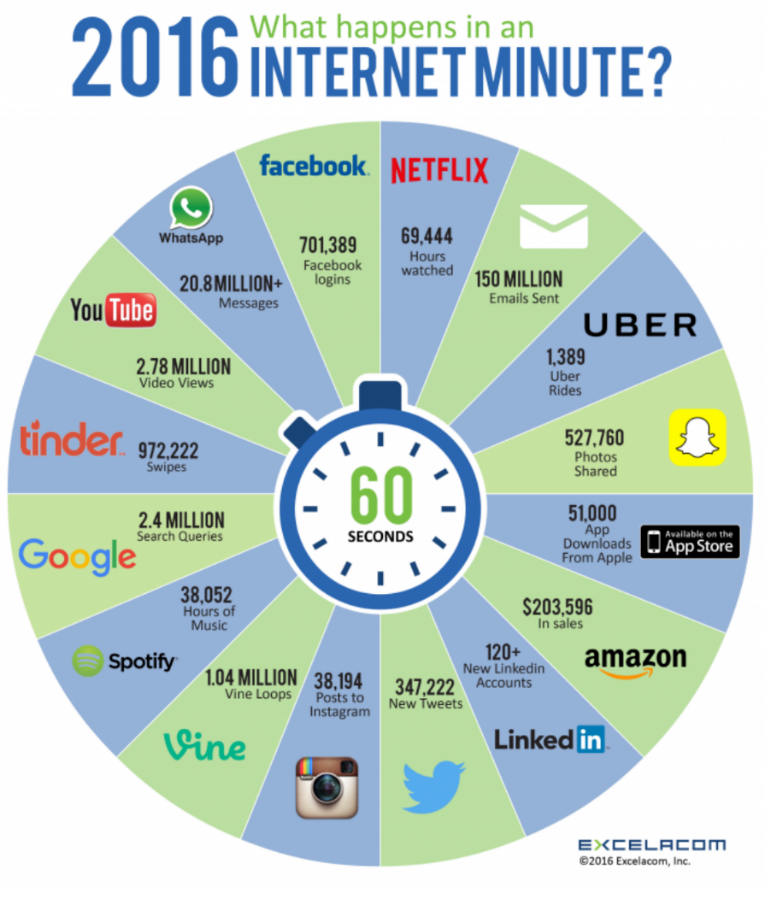
Your Account Details Please?
SPAM! Oh yes, that tender pork shoulder meat, mixed with ham and a dash of modified potato starch, packaged in a square tin housing (are you salivating at the thought?). Alternatively, and maybe more appropriately it can be described as receiving unwanted emails from unknown individuals (Janssens, Nijsten & Van Goolen 2014). According to Statista (2017) 61% of all global email traffic is labelled as SPAM. Now, I’m sure your email provider has effective spam filters in place, but if you are an email marketer it’s best to cover the basics of what not to include in your email campaign so you can maximise delivery rates, helped by the good folks at icontact. With so much deception out there, it’s easy to understand that users aren’t very trusting, making it harder to encourage them to open your email at all. This blog will help you change that through utilising a wealth of tools so you can master the art of email campaigns; less canned meat, more Michelin star melt in the mouth. Let’s get started!
Top Tip #1: Permission Email Marketing (PEM)
PEM in a nut shell is when users provide consent for companies to contact them (tick this box to receive our latest and greatest deals sort of thing). I don’t mean to get technical but it’s related to the Technology Acceptance Model put forward by Davis et al., (1989) which is used to assess how we come to accept technology (a model that does exactly what it says on the tin – Ronseal eat your heart out). The model has since been extended to adapt to the complexity of the digital environment, introducing new elements such as trust, enjoyment, usefulness, as well as attitude. These elements accompany usefulness, and ease of use, which were the two original elements (Ha & Stoel, 2009). You should consider satisfying all these factors when forming a campaign to ensure you fully satisfy the user who has so kindly given you permission. Now the reason why a user has provided consent could be endless, they might want to keep up with fashion trends so opt-in for ASOS, or have been told by a friend that they’ll receive a free cookie if they opt-in to Millie’s. Bluehornet (2013) researched further and found that 83% of recipients consent to PEM to access discounted products and services; this might be a good place for you to start. If you want to take your reading further I’d recommend reading permission marketing by Seth Godin who arguably coined the term.
Top Tip #2: Subject Line
We’ve all received an email and deleted it once we’ve read the subject line. I like to think of the users’ role as a talent judge, reviewing the company’s audition (subject line) to see if they’ve got what it takes to impress them and get through to a second round (opening the email). Wylie (2014) suggests a subject line should encapsulate curiosity and be relevant to the individual. Now if you’ve got your permission marketing all set up as suggested in top tip #1, you can maximise relevance. In regard to curiosity, this is a difficult one, you could go for the “Don’t open this email” subject line, which can be linked to the study of psychology and how thought suppression can’t be sustained very well; it can actually lead to obsession (Wegner et al., 1987); when I ask you not to think of a white polar bear, what do you think of? Point made! Although it would be nice for users to be obsessed with your emails you could alternatively go for “Understand this topic (perhaps Brexit) in 5 minutes” pulling on the heart strings of our intrinsic or extrinsic motivation to better ourselves. Ryan & Deci (2000) describes Intrinsic motivation as carrying out an act for your personal value and not for external rewards (understanding Brexit so you are aware of current affairs). Extrinsic motivated individuals seek external gratification (understanding Brexit so you can gloat to your uninformed friends); either way you might get a click. There is no hidden formula but I would recommend reading HubSpots’ 17 top tips for catchy email subject lines, and their subject line examples for inspiration.
Top Tip #3: Measurement
“One accurate measurement is worth more than a thousand expert opinions” – Admiral Grace Hopper
You’ve probably heard a wealth of open rate, click-through rate, and call-to-action targets you should be aiming to hit. Amongst the crowd, it’s important to benchmark against the industry you are in, so you’re not comparing apples with oranges. Chaffey leads the team at Smart Insights who have collated the statistics in various industries allowing you to understand the metrics in your market in more detail.
Key metrics you should be monitoring are the following:
- Click-through rate
- Conversion rate
- Bounce rate
- List growth rate
- Overall ROI
Google Analytics is a great free tool to analyse your campaign, aided by a visual dashboard that displays large amounts of data in a friendly form factor. You can utilise this tool to its full potential by undertaking a Lynda course which will help you understand the essentials.
References
Bluehornet, (2013). 2013 CONSUMER VIEWS OF EMAIL MARKETING. 2013 Consumer Views of Email Marketing. [online] Bluehornet. Available at: http://info.digitalriver.com/rs/digitalriver/images/Report_Consumer-Views-of-Email-Marketing_2013_web_(2).pdf [Accessed 10 Apr. 2017].
Chaffey, D. (2016). Email marketing statistics 2017 compilation. [online] Smart Insights. Available at: http://www.smartinsights.com/email-marketing/email-communications-strategy/statistics-sources-for-email-marketing/ [Accessed 11 Apr. 2017].
Davis, F.D., Bagozzi, R.P. and Warshaw, P.R., 1989. User acceptance of computer technology: a comparison of two theoretical models. Management science, 35(8), pp.982-1003.
Ha, S. and Stoel, L., 2009. Consumer e-shopping acceptance: Antecedents in a technology acceptance model. Journal of Business Research, 62(5), pp.565-571.
Janssens, K., Nijsten, N. and Van Goolen, R., 2014. Spam and Marketing Communications. Procedia Economics and Finance, 12, pp.265-272.
Ryan, R.M. and Deci, E.L., 2000. Intrinsic and extrinsic motivations: Classic definitions and new directions. Contemporary educational psychology, 25(1), pp.54-67.
Statista, (2017). Spam statistics: spam e-mail traffic share 2016 | Statista. [online] Statista. Available at: https://www.statista.com/statistics/420391/spam-email-traffic-share/ [Accessed 10 Apr. 2017].
Wegner, D.M., Schneider, D.J., Carter, S.R. and White, T.L., 1987. Paradoxical effects of thought suppression. Journal of personality and social psychology, 53(1), p.5.










